Hedgerows: Magic on the Fringes
A Deep Dive into the world of hedgerows, their history and importance. Connection to traditional craft, food, medicine. And ultimate resurgence in sustainable garden design.
I feel like we’ve all seen the iconic fairytale image of a hedgerow. A dark thicket of brambles; spooky leafless trees. With the viewer surprising a wisened old crone toting her basket full of dangerously pretty blooms or a small collection of polk-a-dotted mushrooms. Perhaps there’s a hedgehog or an owl peeping out from a corner and a cheeky wee faerie floating above the fray. You know the one.
That image (and the folklore that is plugged into it) are a part of our collective language. But, what is the reality behind those pictures? Hedgerows are like most things in this world, much more complex than the images that they have been distilled down to.
It’s something that I’ve been thinking about a lot lately. As we seek to transition our conventional farmland into something more sustainable and functional (including our new willow coppice). All while embracing a sense of wonder, beauty and care. So, today I’m diving into the ecology and nature of a traditional European hedgerow. And, ultimately exploring how it might fit into our own western Canadian landscape. So, please grab a cuppa and join in.
Side Note: all of this article's images were sourced from Google Maps using Street view. It's amazing what you can capture with a screenshot from the road. I've left the search bar visible, in case anyone wants to know the exact locations; enjoy.
What is a Hedgerow? (Hint, it’s not the same as a Garden Hedge)
The word, 'hedge', springs from Continental roots. Including the German 'hecke', and Dutch 'haag' which mean, ‘enclosure’. Also most likely the root of the modern, ‘hag’ (via the Irish/Old English word ‘haga’).
A common hedge or garden hedge, as you likely already know, is a line of many small shrubs (usually a single species) spaced closely together to form a living barrier. Its lineal structure is typically trimmed on the sides and top several times a year for a uniform and neat appearance. However, these more formal hedges are actually an adaption of the older concept of a hedgerow. Like many features that have made their way into our ornamental gardens, they represent aspects of the wilder world in tidier, safer forms.
In contrast, traditional hedgerows are usually a more feral mix of shrubs, forbs and grasses. Punctuated by some medium and occasionally a few large specimen trees. Typically forming a border around agricultural fields.

They can take on several forms. Some are constructed as berms (at times next to a ditch, having been built with the excavated soil). Many include rocks or dry stack stone walls, occasionally topped with turf. It really depends on what materials are found in each region and what styles of building are preferred.
Then of course there are the spectrum of plant species contained. Occasionally they are a single species, utilized for a particular purpose. For instance, a wall of prickly hawthorn or sharp spiny blackthorn to stop animals from crossing. Most commonly though, hedgerows are a collection of many plant types, plus whatever naturally moves in over time.

History & Importance of Hedgerows
The story of hedgerows begins before recorded history, with some having been in situ for thousands of years.
It’s easy to imagine how they first came to be. A small area is cleared to facilitate the growing of a few crops. Rocks are pushed to the edges and piled up as a marker, to protect the ground from trampling, grazing etc. Then, as these areas get larger, the few rocks become walls and a ditch is dug for drainage. Eventually, as time continues to pass seedlings begin to take up residence in any exposed soil. As value is added to the landscape, they too are managed to fill a need and provide further products (materials, food, medicine, fuel and animal habitat, barriers and beauty) all in a long-lived structure that can be maintained without a great deal of work.
Providing multiple functions, hedgerows are:
A living fence to keep livestock in and unwanted visitors away. A boundary marker to divide land by use (ie pasture vs cropping). To delineate and separate roads and walkways or mark off hazards. Hedgerows can also act as an indicator of ownership and even a touchstone for political and social changes throughout history.
Notable as ecological havens, hedgerows are rarely disturbed in contrast to conventional agricultural practices. Their lineal nature, forms green corridors that connect smaller fragmented ecosystems. Working, to build a larger network of refuge zones.
As windbreaks, hedgerows are also brilliant for the containment of invasive species and prevention of soil erosion. Blocking air-born contaminants including pollen, unwanted seeds and chemicals that would otherwise blow freely across the landscape. All while building soil health by harbouring bacteria, mycelia and other micro organisms. Acting as a carbon sink. Creating micro-climates that allow greater diversity and encourage beneficial species that keep the ecosystem functional.
Maintenance
Hedgerow maintenance practices are varied (there are 30+ recognized hedgelaying styles in England alone).
As with all healthy ecosystems, they do require some disturbance in order to continue their natural cycles. It's really a matter of how much and at what frequency for their optimal health.
With techniques such as:
Trimming, clipping and pruning - Shrubs can be lifted, their canopies opened for airflow and dead, diseased and damaged growth removed.
Hedgelaying - Where vertical growth is cut (without killing the plant) at it's base and bent, then woven and pegged to create a lower, more solid fence-like structure. Essentially, redirecting tall sky-ward growth, horizontally.
Coppiced - Plants are cut to the soil level when dormant. Which encourages many smaller twigs to sprout up from a stool in the following growing season. Pollarding is similar, but the trunk is cut higher up, off the ground. Both, require trimming yearly or every several years depending on the species of tree or shrub. With the harvested twigs being used for the crafting of fences, tools and basketry, furniture, fuel and much more.
For more details, checkout this run down of various practices based on the Adams Hedgerow Management System (by The People's Trust for Endangered Species). It's worth noting that a regular assessment of a system like this will really help to inform how disturbances caused by maintenance are most likely to effect it. Especially when done in time with the natural seasonal cycles and of course, outside of local nesting times.

Magic on the Fringes
Hedgerows have been linked to magic since ancient times.
In Irish folklore the hedges are viewed as guardians or portals into supernatural worlds; areas that are innately connected to the spiritual realm. They are places for the faerie folk to gather and accept offerings from any humans that choose to make them. They mark sacred spaces, deeply rooted in superstition and healing. A gateway that rides the space between the safety of cultivated land and the danger of the wild.
Being outside the norms of polite society, these areas were viewed as a danger to them. Hence, those dark fairytales that we started with. They’re quite effective at spreading the word, "watch yourself among the hedges". There are, ugly dark things happening there and even beauty is not to be trusted.
Folkloric Connections (just a sampling)
Hedge witch - A solitary women, who has sought out ways to use the hedge materials, hard won knowledge and skills (aka Hedgecraft) in order to make, sell and provide remedies and products to the local community. They are sometimes portrayed as dangerous old crones (Hags) or young beauties with a hidden sinister core, that may lure innocents away from safety.
Hedge-riders - Those that 'ride' the space or boundary between the cultivated fields and the threatening wilds and supernatural lands beyond.
Faeries (aka fairy, sprite) - Small fierce (human-shaped, sometimes winged) legendary magical beings that can both bless and curse humans. Often found in and around hedgerows.
Hawthorn (aka Whitethorn, May tree, hagberry)- Marker of the faerie realm. Associated with fertility, protection, wealth and beauty. Used for wands and spiritual tools but never chopped down (it’s bad luck to harm one). It’s blossoms are worn by the Green Man and May Queens alike. The stakes used to dispatch vampires are made of Hawthorn.
Blackthorn (aka Witchwood) - Sister and opposite to Hawthorn (Whitethorn), they are associated with witchcraft, murder and dark dealings (it’s thorns being used by the devil to seal his deals, with a prick of the finger). Used to make walking sticks that offer protection. A symbol of the cycle of life and death.
Hazel - Rods of it’s wood are magical. They protect carriers from evil spirits and make exceptional wands for water divining. A tree of knowledge, poetry and insight. Hazelmead was known to give many a druid visions. It’s branches are the perfect alter to tie colourful fabric swatches and offerings onto.
Willow - It’s watery nature is linked to the moon, witchcraft and sorcery. When a faerie whispers in the ear of a poet, its called the ‘wind in the willows’. Willow offers luck and protection to travellers and is paramount in a wide variety of cures. Associated with the feminine, knowledge, intuition and romance. If you confess a secret or trauma dump on a willow, she will trap and hold it. And, if approached in the correct manner, willows may even grant wishes.
Bees - Messengers between the worlds, their honey carries magic (especially when made into mead). The ‘telling of the bees’ is considered imperative. One must share the news of the day with the local bees, keeping them informed on human happenings.
Wren - a sacred bird from pagan times, the wren carried fire to earth from the Gods (lighting up the chest feathers of the robin on its way).
Losses
In many areas, hedgerows came in and out of fashion in tandem with political and societal changes. Some being built, torn down and then rebuilt again, over many centuries. Ultimately declining, as industrialization (mechanization and chemical use) grew in popularity. The ancient knowledge and crafts joined to them, evaporating alongside.
Thankfully, these deprivations were noted in time and the call went out to save and protect, restore, rebuild and plant hedgerows anew.
Resurgence with a Modern Twist
Today, there’s a conscience effort to utilize hedgerows as low input - high output systems. Not only in Northern Europe, but all over the world. And, not only in rural landscapes, but urban as well.
As we seek out a sustainable future, hedgerows are one of many traditional systems in our tool boxes. After all, we are a part of nature, not something that is ‘other’ or ‘outside’ of it. And, there is no reason that the idea and functionality of a hedgerow can't be utilized with a new twist. Why not find a way to embrace the principals of a tried and true hedgerow, while playing with different forms, textures and colours, plant communities and ecological systems?
Plant Your Own - A Few Tips
As with any landscape design project, building a hedgerow starts with some basic observations. Consider, why? where? what? and who? will be using the space and how a hedgerow will fit in.
Study It: By performing a comprehensive survey of the area (hydration, soil, historical and climatic observations and measures are so helpful). And of course, research into what endemic shareholders require (including humans, plants and insects, birds etc). Noting any potential invasive species or other challenges that are present in the greater area (like wildfires, flooding etc). So that you can address any issues right at the design stage, when things are easily adjusted.
Design It: Use the information that you’ve gathered to inform your decisions. Keeping in mind that one garden feature, like a hedgerow, can fulfill several functions at once.
And, that this can be done according to whatever visual style best suits your concept. By easily incorporating all kinds of hardscape elements, colours, textures and materials. From the soft curves of boulders or driftwood to the hard geometric lines of corten steel. The possibilities are endless.
Scale It: If you don’t have expansive fields, you can still borrow the of the feeling of a hedgerow by adjusting the scale. In a small space, even a single hedge plant or small grouping can add value (edibles, habitat, craft materials, beauty). Do what you can, where you can. Make a planting blend into the aesthetics that you prefer, or make it stand out as a feature, it’s up to you.
Be Realistic: Consider the growth rates and ultimate size of your materials, compared with the available space. Why not minimize future workloads, by ditching the need for constant trimming or having to move/ remove plants that are simply too big?
Many shrubs and trees want to grow much larger than you may think. And, although there are pruning techniques that can alter or contain the size of larger plants. These only go so far and require a greater commitment to maintenance. Consider filling any open space, left as larger material is growing in, with direct seeded annuals, bulbs and perennials that can be easily divided and moved around the garden over in the future.
Localize It: Learn about your site, its history and the plants that are native to ecosystems with similar site conditions. Why not mix specialized local species (that support small but more vulnerable wildlife species) with generalist or non-natives (that support a wide variety of wildlife) to build a super resilient planting that will support all kinds of life while adapting to changing conditions? Adding plants that will provide beauty, shelter, food and other resources all year long. Remember that Diversity is strength!
Get Help When Needed: There’s no shame is seeking out a helping hand and some advise to keep you moving in the right direction. Landscape and garden designers (like Virens) and other horticultural professionals are here to share their knowledge. A quick consultation or more involved plan or design can save you a lot of time. Plus local nurseries that propagate their own native species (without the use of chemicals or the need for hauling product over long distances) are a great resource. As they usually have hard won experience and specialized knowledge growing in your area.
I hope that you've come out of our deep dive into hedgerows with both an appreciation for them and few ideas to consider trying out. Until next time, have fun riding some hedgerows out there and please do let us know if you decide to try planting your own. We'd love to hear about your progress.
Also, if you're interested in more eco-based horticulture and/or offsetting your carbon footprint, consider donating to help us build a willow farm. Checkout our crowdfunder on chuffed.org, the Hedgecraft Willow site or social media for more information. It's a great cause and a great way to make a positive and tangible difference in the world.

Sara-Jane at Virens Studio
Virens is a design studio, based on the Southwest coast of Canada. We specialize in ecological landscape and planting design. As well as, offering urban greening, maintenance plan solutions and of course garden writing. So, get in touch today to see how we can help you elevate your greenspace projects today. Find us online and on social media.

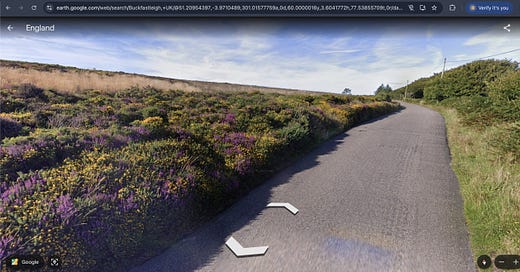



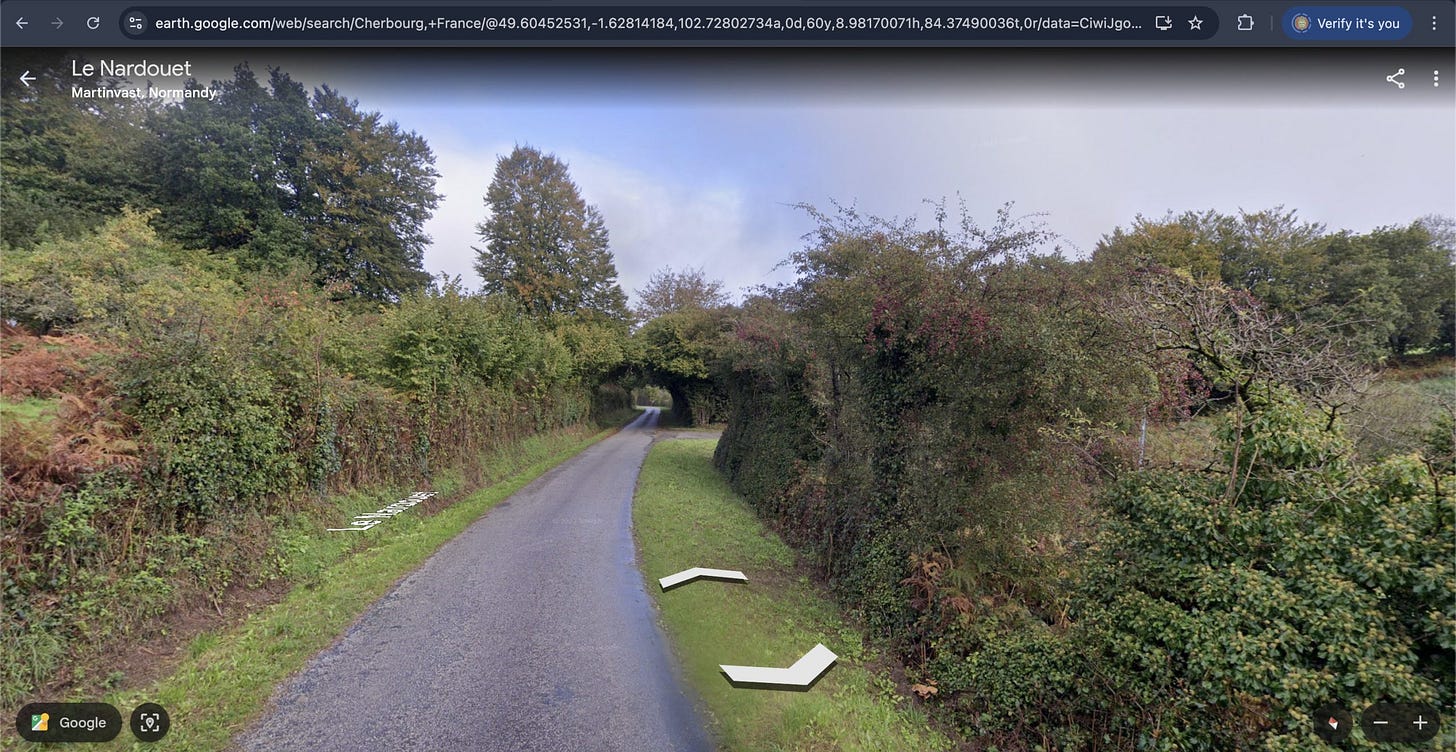
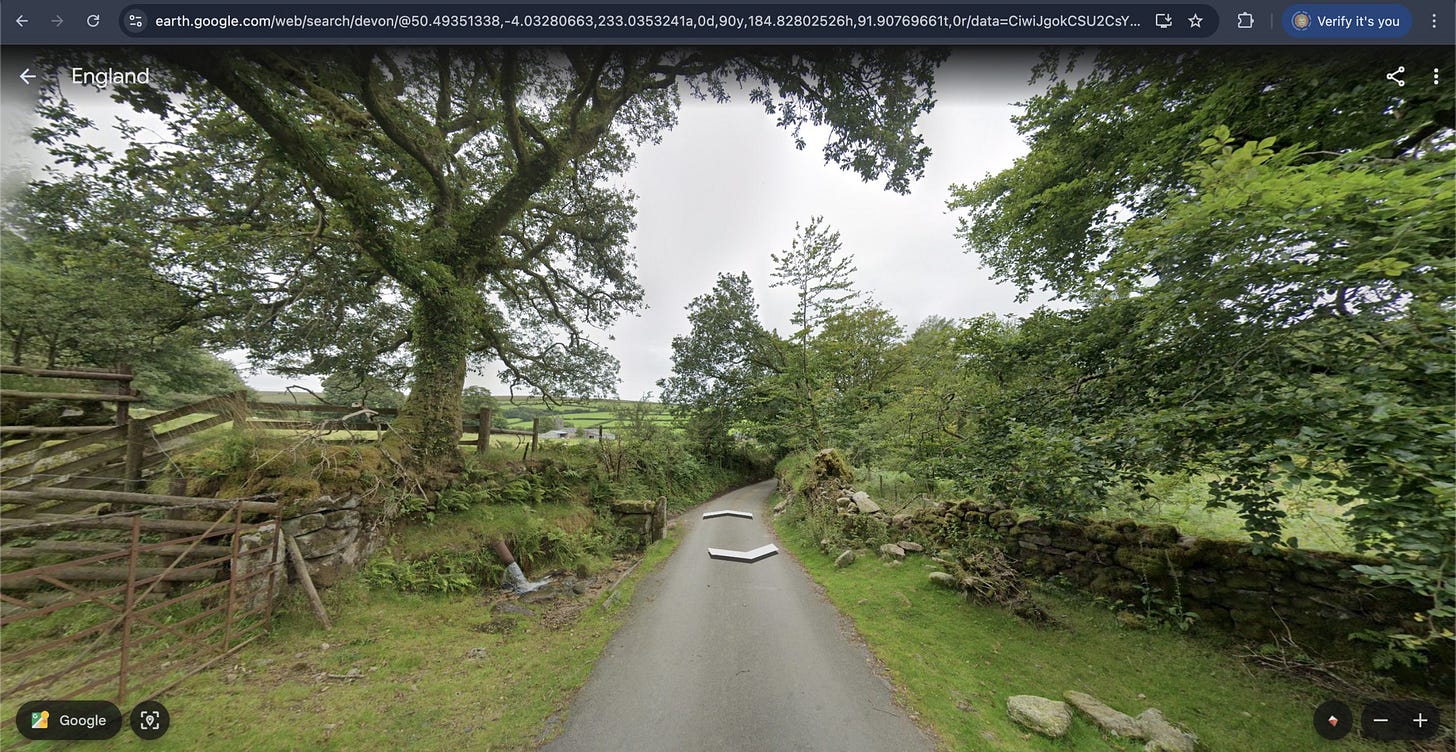


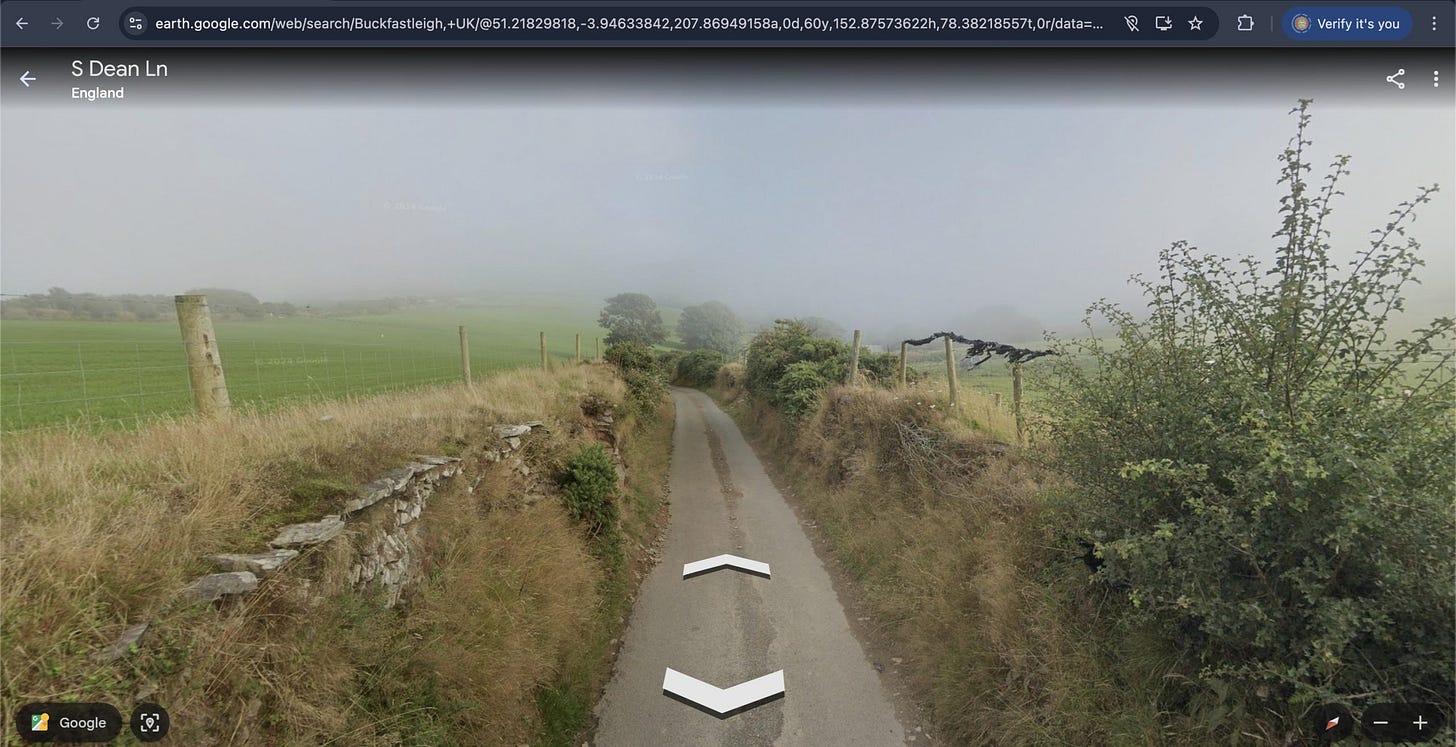

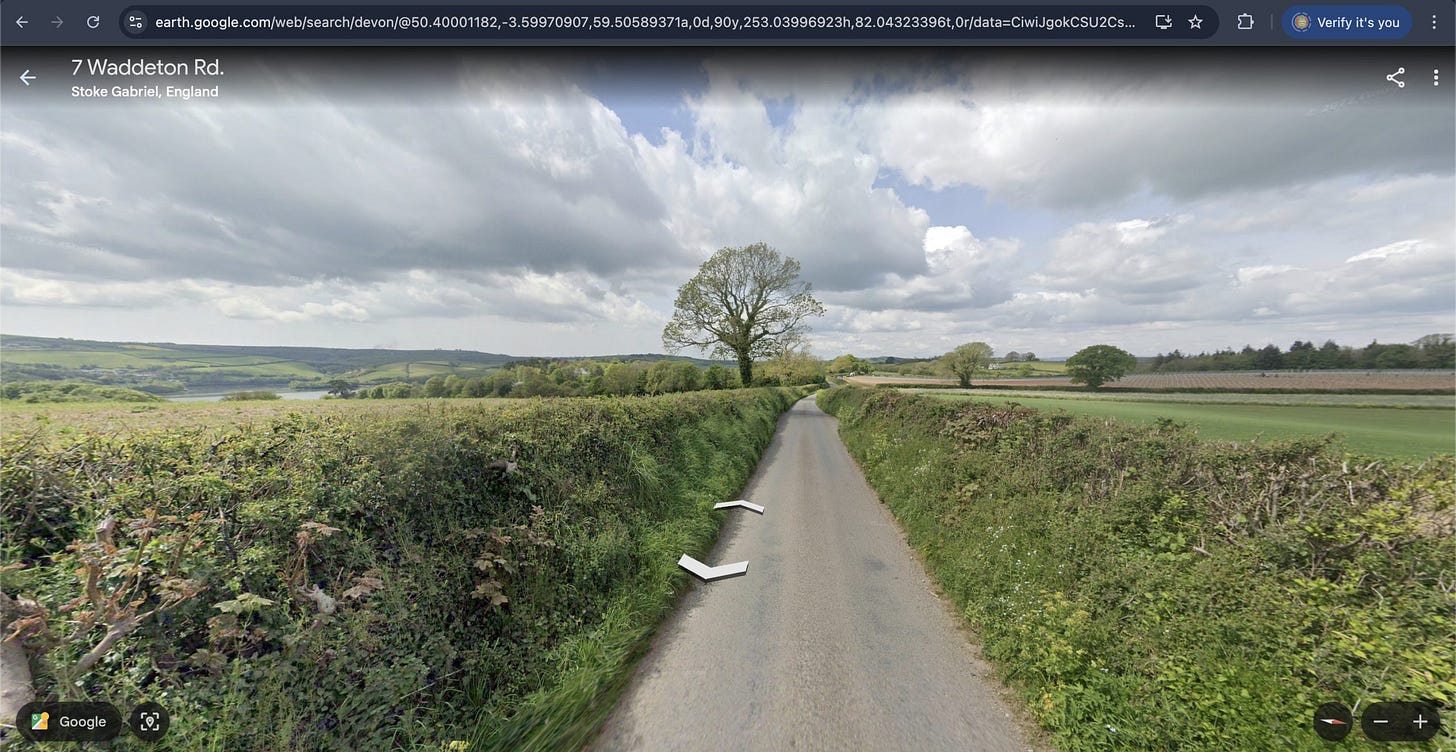

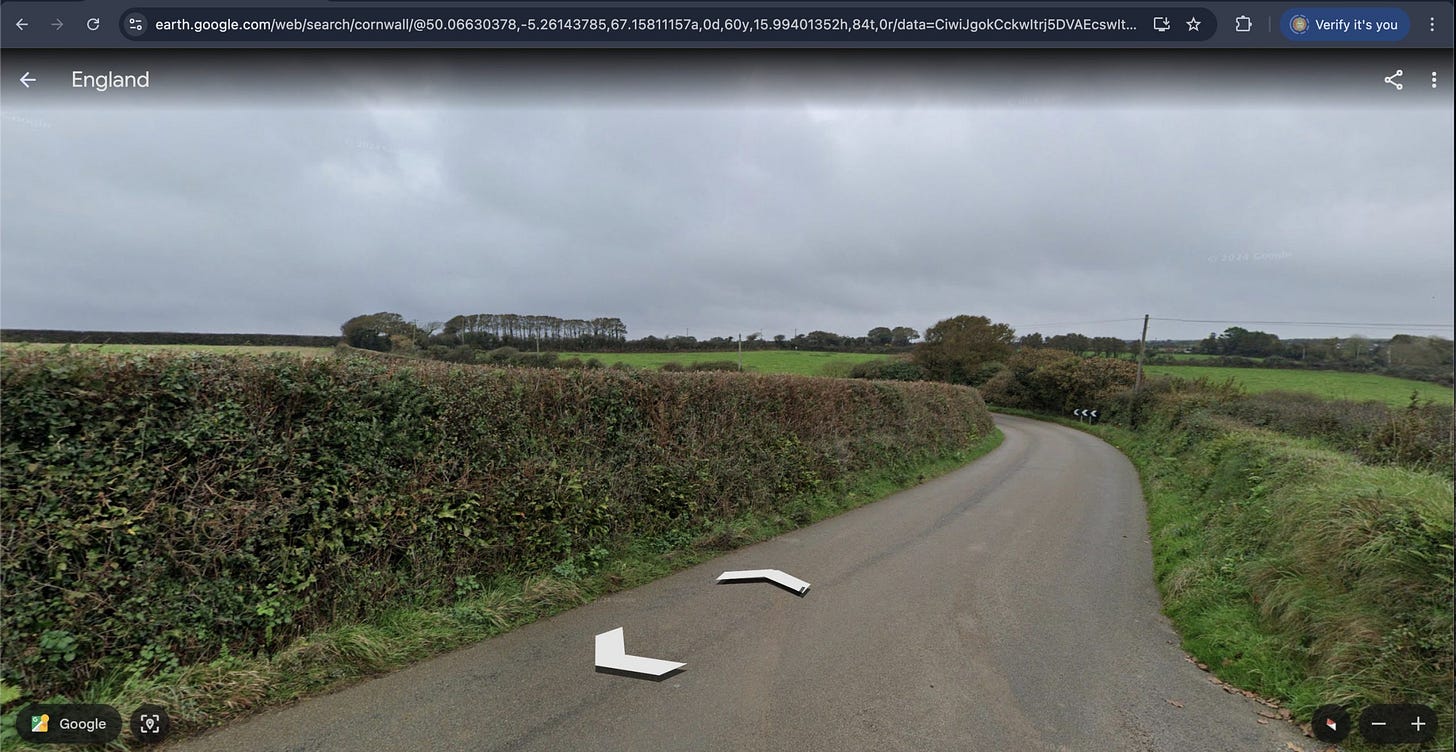


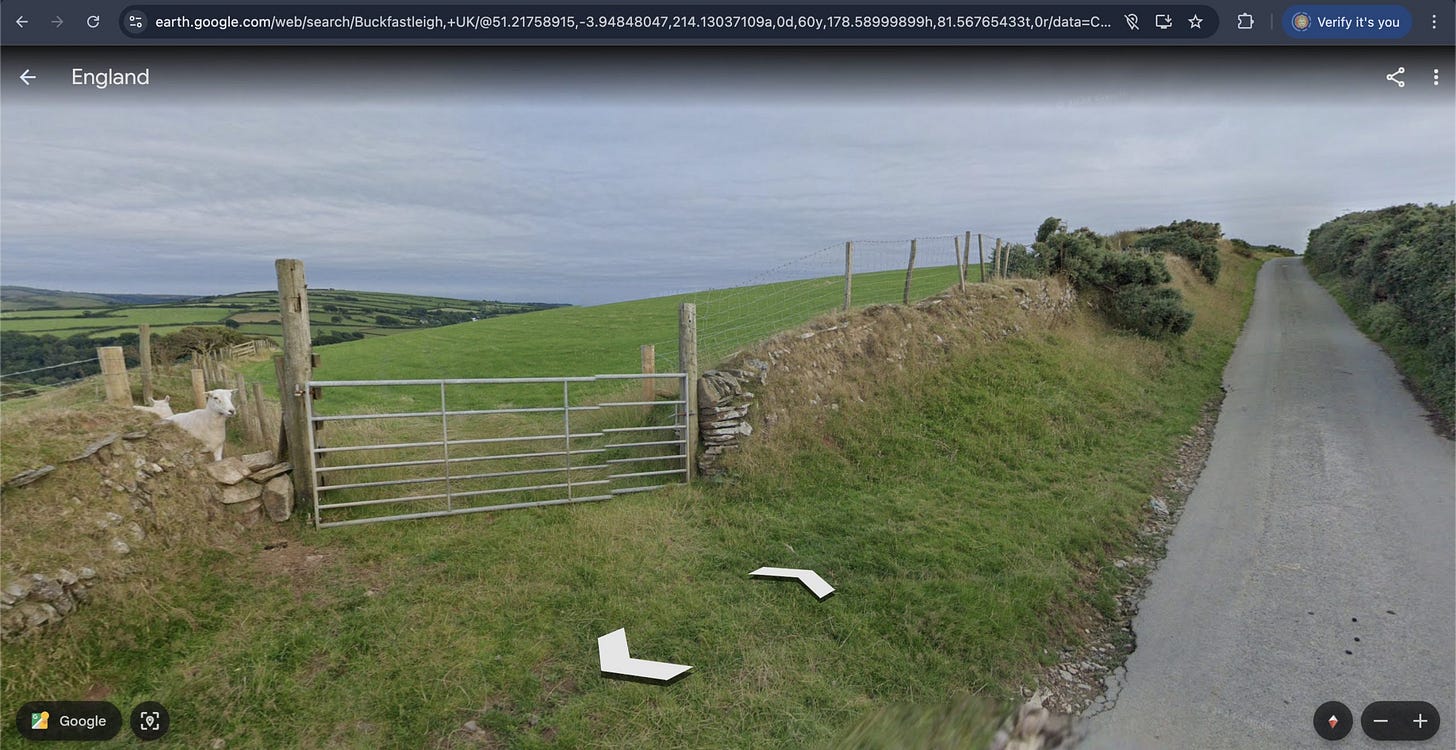
And they are (locally to us, in the Wye Valley, UK) sometimes bits of woodland, left as hedges when fields were created - as Wordsworth noted:
"Once again I see
These hedge-rows, hardly hedge-rows, little lines
Of sportive wood run wild"
Lines Composed a Few Miles above Tintern Abbey